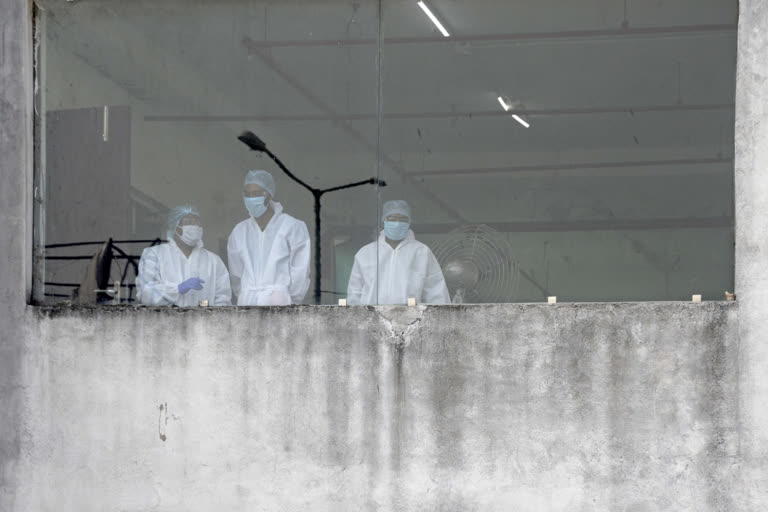Hyderabad: With the COVID-19 outbreak, the focus has now fallen on doctors and scientists, who throughout history, have often risked their lives to find a cure for diseases.
While many drugs, vaccines, and medical procedures are first tested on animals, throughout history, many individuals have made themselves a part of their own experiments for the greater good of mankind.
The sacrifice to Yellow Fever
In 1881, Dr Carlos concluded that mosquito bite is the main cause of the fatal Yellow Fever, with doctors from the US Army themselves endangering their lives to prove it. Doctors James Carroll, Aristides Agramonte, and Jesse William Lazear investigated the Yellow Fever in the 1900s under the leadership of medical scientist Walter Reed.
To this end, Carroll and Lazear voluntarily got bitten by mosquitoes, and both of them got the Yellow Fever.
While Lazear died a few days later, Carroll recovered. However, he died seven years later with the same disease. Their sacrifice was credited with saving people's lives from Yellow Fever.
Self Surgeries
During the olden days, the whole body was anesthetized to perform the surgery. It was Dr O'Neill Kane, of Pennsylvania, USA, who reformed the procedure of surgery. He anesthetized his infected finger and operated it himself.
He also successfully did an appendectomy on himself by giving local anaesthesia to his stomach on February 15, 1921, at the age of 60.
Ten years later, he did a third surgery on himself and returned to duty within 36 hours. His adventures made local anaesthesia trustworthy throughout the world.
A failed attempt to revive
Alexander Bogdanov, a Russian physician, was famous as a scientist, an economist, a politician and an author. He had a funny idea. He wanted to revive old people by transfusing the blood of young people. In 1924, Alexander wanted to experiment this on himself and transfused blood from a young man and subsequently died. The reason for this was later reported that the blood donor had malaria and TB.
The scientist who drank bacteria
German scientist Robert Koch had discovered that cholera is caused by the bacteria Vibrio Cholerae. Bavarian chemist Max Joseph von Pettenkofer wanted to prove him wrong and conducted an experiment. He mixed Vibrio Cholerae bacteria with a juice in front of Robert Koch and drank it. He was later hospitalised with cholera symptoms and survived a week later.
To detect ulcers and cancer
Australian physician Berry Marshall worked at the Royal Perth Hospital. Along with his fellow physician Robin Warren he announced in 1984 that helicobacter pylori bacteria was responsible for stomach ulcers and cancer.
However, other scientists and doctors dismissed the possibility because they believed that the chemicals released in the stomach do not allow bacteria to survive. Berry Marshall drank a juice mixed with related bacteria. Within a few days, he was seriously ill. On examination, it was found that ulcer developed because of bacteria settling down in the stomach. Berry recovered with antibacterial drugs.
With this experiment, it was established that bacteria in the stomach is responsible for stomach ulcers and cancers. Warren, along with Berry, was awarded the Nobel Prize in 2005 in recognition of their efforts.



